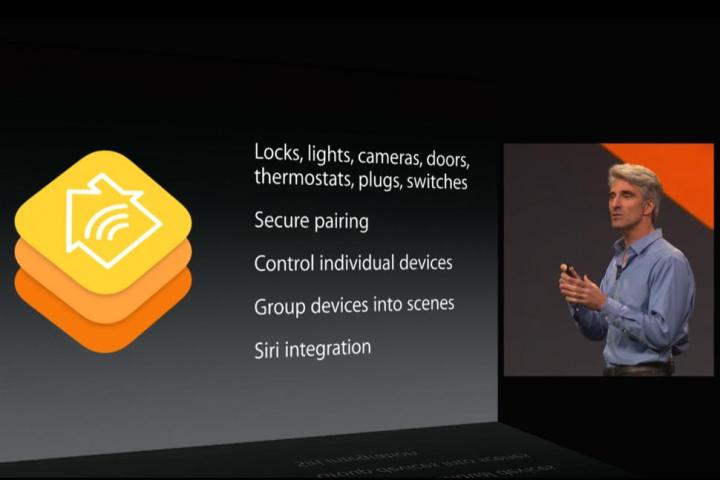
Home, an app currently undergoing internal testing, is the user-facing part of HomeKit. It helps initialize and group smart home devices, connect applicable ones to an Apple TV, and suggests new products to buy, but not much else — Home seems to be a setup app, pure and simple. True to what we know about HomeKit so far, Siri voice commands and third-party iPhone and iPad apps appear to be the primary inputs for tasks like toggling lights, unlocking doors, recording security cam footage, and any other functions connected smart devices support.
That’s one facet of HomeKit uncovered, but framework remains shrouded in mystery. Apple hasn’t yet specified the connectivity and protocols in use — rumors suggest Wi-Fi, Bluetooth, iBeacon technology, or a combination of all three — and it’s unclear if the new Apple TV will pack proprietary HomeKit features. But the wait for information likely won’t drag on much longer — Apple’s expected to detail HomeKit at its Worldwide Developer Conference (WWDC) in June.
That’s assuming its timeline isn’t derailed, of course — Fortune reported last week that Apple would be withholding the launch of some HomeKit devices until late summer, a problem a source attributed to the code base “[blowing] up” and requiring too much memory for smaller, battery-powered devices. Apple denied those rumors but said that HomeKit has only been available to developers for “just a few months,” implying some partners will be late out of the gate.


